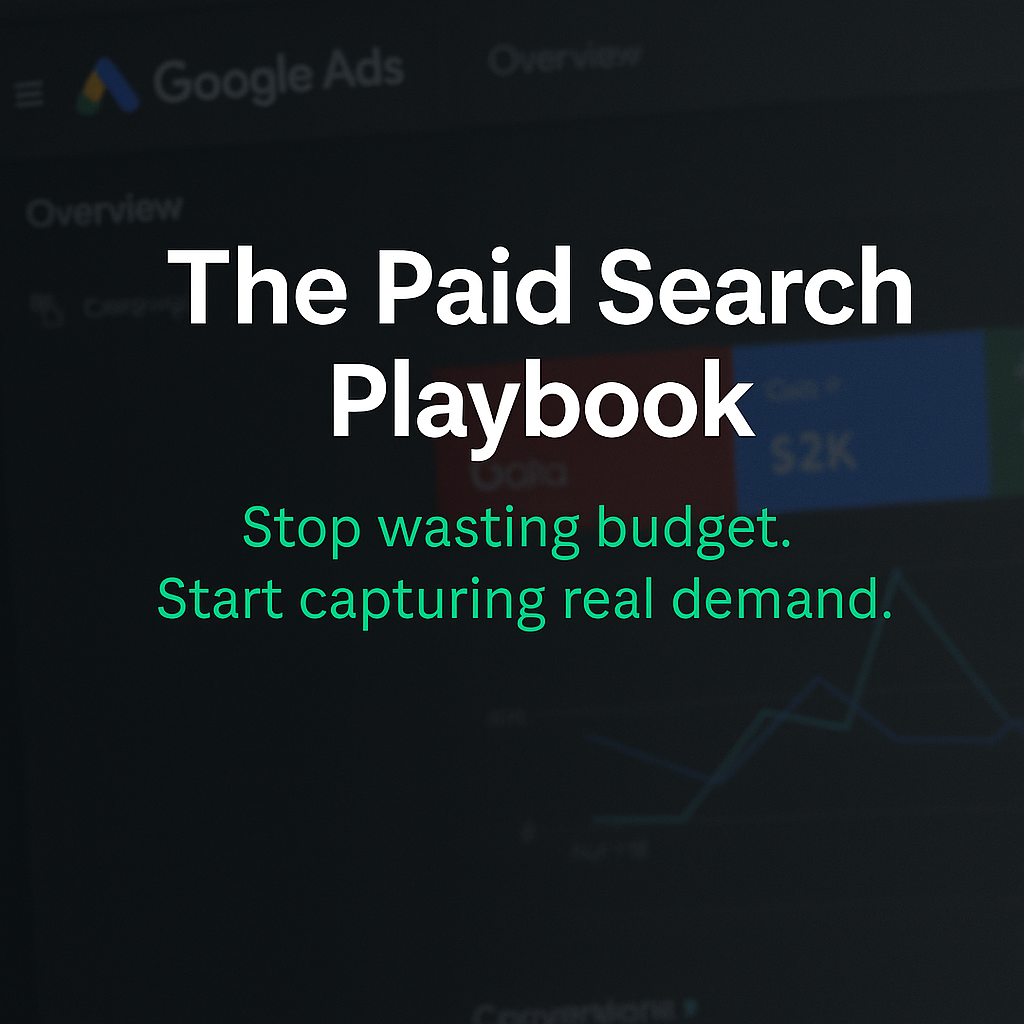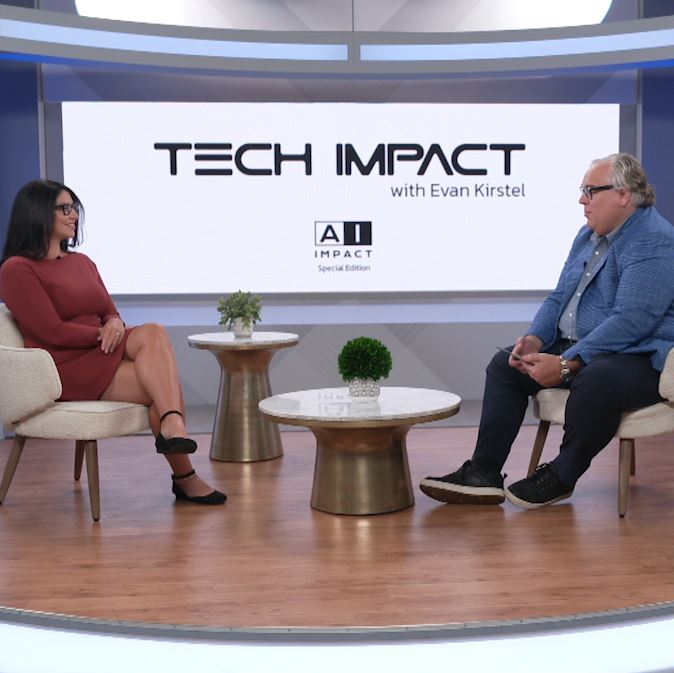
Paid Search Playbook
Stop wasting budget. Start capturing real demand.
The Refine Labs Philosophy on Paid Search
Most paid search programs look efficient on paper.
They hit goals, report clean metrics, and make dashboards look great. But underneath, they burn money on the wrong clicks.
Across hundreds of B2B accounts, we’ve seen up to 90% of spend wasted on low-intent traffic.
The pattern is almost always the same:
- Too many keywords with no buying intent
- Campaigns organized around product names instead of buyer behavior
- Smart bidding turned on before there is enough data
- “Conversions” reported as wins that never turn into pipeline
We see search as a capture channel. Not a create channel.
When buyers are already in-market, your job is to meet them with precision.
Fewer keywords. Stronger intent signals. Smarter tracking.
This playbook shows you how.
Why Paid Search Needs a Reset
Most teams pay for clicks that never become opportunities.
Bidding on “cloud accounting” does not mean you are reaching buyers.
Add intent tokens like “software,” “solution,” or “platform,” and now you are filtering for people ready to buy.
That one change can turn wasted budget into pipeline.
We have seen up to 90 percent of spend disappear when intent is unclear.
What we found in a enterpise B2B software account
We audited a multi-product, mid to large enterprise software account. The goal was simple. Line up spend, conversion type, and buyer intent. Then judge efficiency.
What the data showed
- Ebooks inflated success
More than 30% of all conversions were ebook or whitepaper downloads. Pipeline impact was low. - Zero high-intent actions in live spend
15 campaigns produced zero high-intent conversions like demo, trial, quote, or sales consult.
Those campaigns represented about $130K in spend over the fiscal year. - High intent beat low intent on cost
When we categorized by intent, the pattern was consistent across business units:

- High-intent actions were cheaper per qualified opportunity. Low-intent actions looked busy but cost far more per real outcome.
- Spend with nothing to show
Across units we counted more than $330K on campaigns that generated no high intent or low intent conversions at all. Clicks with no measurable outcome.
What it means
Volume is not value. Intent clarity drives efficiency. Budget needs purpose and guardrails. This is why we designed our paid search startegy playbook.
The 3 Common Problems
1. Wasted spend
Accounts chase volume, not intent.
Filter every keyword through intent tokens like software, solution, price, or best.
2. Wrong structure
Campaigns built by product or match type give Google the wheel.
Segment by buyer intent so you control where money goes.
3. Bad measurement
CPL and raw conversions hide the truth.
Track cost per HIRO and CAC. That is what maps to revenue.
The Paid Search Framework
This is the system we use to rebuild search for efficiency and intent.
1. Capture intent
Identify the keywords that signal someone is ready to buy.
Use Search Query Reports to pull the terms with buying language.
2. Cut the waste
Apply five negative lists:
- Irrelevant traffic like free, careers, templates, examples
- Competitors routed to their own campaign
- High-intent token list to protect valuable queries
- Low-intent exact match list to stop token drops
- Active keyword mirror list for DSA protection
3. Restructure your account
Group related keywords into Single Theme Ad Groups (STAGs).
Segment by intent level so spend follows value.

4. Choose the right bidding approach
Start with Manual CPC or Enhanced CPC to learn.
After 30 or more high-intent conversions per month, test Max Conversions.
When stable, move to Target CPA and lower the target gradually.
5. Fix your tracking
Only track actions that show real buying intent.
Connect CRM to Google Ads and import HIROs and Closed-Won.
Set high-intent actions as primary so the algorithm optimizes for value.
6. Build better ads
Most users will not click, but they still see your brand.
Lead with your brand in Headline 1.
Use 10 to 15 strong headlines per RSA with proof, outcomes, and use cases.
Add sitelinks, callouts, and image assets. Skip lead form extensions.
How to roll it out
Phased plan, 6 weeks
- Week 1 to 2: Audit and plan
- Week 3 to 4: Rebuild branded and high-intent campaigns
- Week 5 to 6: Apply negatives, shift budget, track HIRO weekly
Accelerated plan, 4 weeks
- Week 1: Audit and restructure
- Week 2: Launch new campaigns
- Week 3: Reallocate spend to high intent
- Week 4: Optimize and measure
What to expect
Fewer total leads. Higher quality. Lower CAC.

Fewer leads. Better deals. Real efficiency.
Reinvest the savings
Cleaning up search often frees 20 to 40% of budget.
Use it to create demand at the top of the funnel.
LinkedIn. Video. Strong content that builds brand memory.
Search captures the 1% in market.
Brand reaches the other 99%.
Tools and templates
Everything you need to apply this playbook in The Vault:
- Keyword Selection Template
- Negative Keyword List Framework
- Pipe Framework for HIRO and CAC
- Paid Search Conversion Tracking Guide
- Optimization Checklist PDF
Explore templates in The Vault
Who this is for
- B2B marketers managing Google Ads
- Demand gen leaders focused on pipeline efficiency
- Agencies cleaning up low-value spend
Check it out.
----------
Refine Labs is the leading B2B demand generation agency that has helped over 300+ B2B companies accelerate revenue growth and improve marketing ROI with innovative marketing strategies.
Learn more at www.refinelabs.com. Connect with us on LinkedIn and YouTube.
Listen to our Podcast with weekly episodes Stacking Growth.









